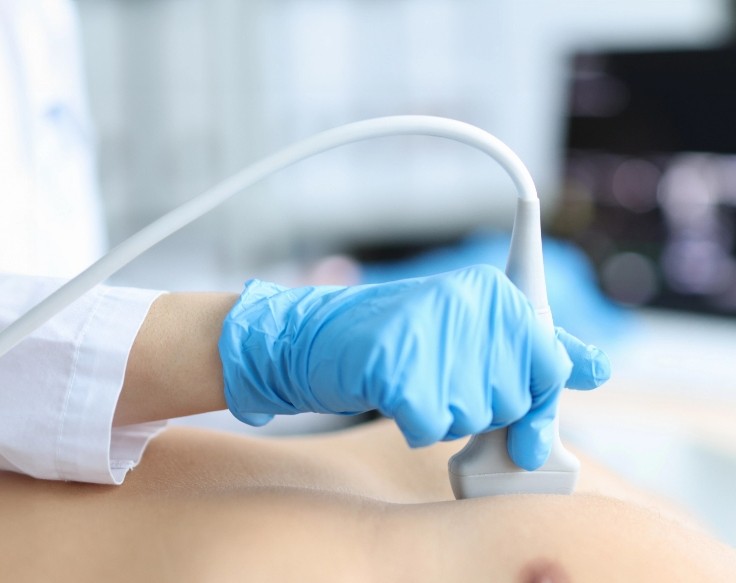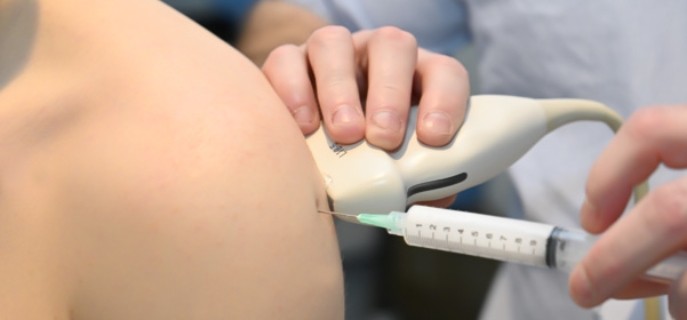Pain Management and Rehabilitation Center
Rehabilitation for Pain
-
 Pain caused by musculoskeletal disorders and pain caused by damage to the nervous system may have different symptoms and are often not resolved, even with drug treatment.
Pain caused by musculoskeletal disorders and pain caused by damage to the nervous system may have different symptoms and are often not resolved, even with drug treatment.
-
 In rehabilitation pain treatment, pain is controlled by alleviating inflammation and muscle stiffness through various physical therapy techniques such as heat therapy, cold therapy, laser therapy, phototherapy, electrotherapy, and ultrasound therapy, as well as muscle reeducation and restoring lost physical functions.
In rehabilitation pain treatment, pain is controlled by alleviating inflammation and muscle stiffness through various physical therapy techniques such as heat therapy, cold therapy, laser therapy, phototherapy, electrotherapy, and ultrasound therapy, as well as muscle reeducation and restoring lost physical functions.
Treatments
 Prepare so the skin temperature in the test area is not too cold.
Prepare so the skin temperature in the test area is not too cold.  If you have foreign substances such as lotion or cream on your skin, the test will take longer, so it is best to come without them.
If you have foreign substances such as lotion or cream on your skin, the test will take longer, so it is best to come without them.  If you are taking medications that may cause bleeding, such as thrombolytics (drugs that dissolve blood clots), or if you have hemophilia, which tends to bleed, you must inform us before the test.
If you are taking medications that may cause bleeding, such as thrombolytics (drugs that dissolve blood clots), or if you have hemophilia, which tends to bleed, you must inform us before the test.  Even if you have a cardiac pacemaker sensitive to electrical stimulation, you must inform the patient before the test. Pregnant women in the early stages must also inform the patient before the test.
Even if you have a cardiac pacemaker sensitive to electrical stimulation, you must inform the patient before the test. Pregnant women in the early stages must also inform the patient before the test.  During needle electromyography, a needle is inserted into the muscle, so temporary pain, swelling, or bleeding may occur at the insertion site.
During needle electromyography, a needle is inserted into the muscle, so temporary pain, swelling, or bleeding may occur at the insertion site.

Musculoskeletal Ultrasonography
Musculoskeletal ultrasound examination allows for a detailed assessment of the pathological conditions of the joints and surrounding ligaments in the upper and lower extremities, including the shoulder, elbow, wrist, hand, hip joint, knee, ankle, and foot. It is also a useful test for diagnosing masses in body parts or muscle tears.

Inflammation of the joints, damage to the surrounding ligaments, and inflammation or degenerative changes of tendons can be accurately diagnosed through a musculoskeletal ultrasound examination. This examination is particularly useful as it allows for joint movement during the assessment, enabling the diagnosis of abnormalities that are only visible in specific positions.
In addition, a musculoskeletal ultrasonogram can be performed in real-time during injection treatment, making it an effective technique for accurately observing and treating damaged or inflamed areas.
















